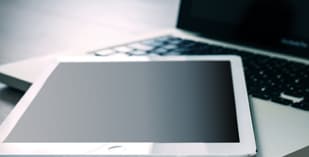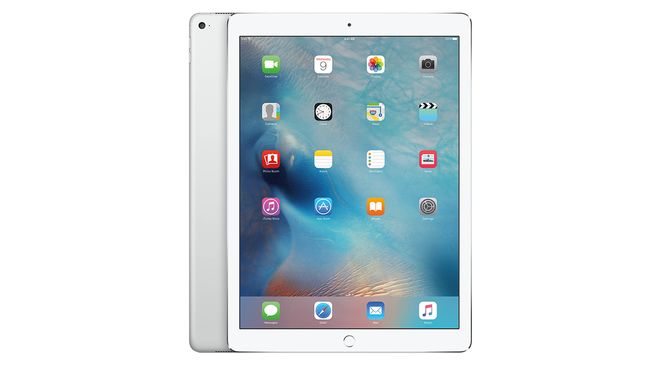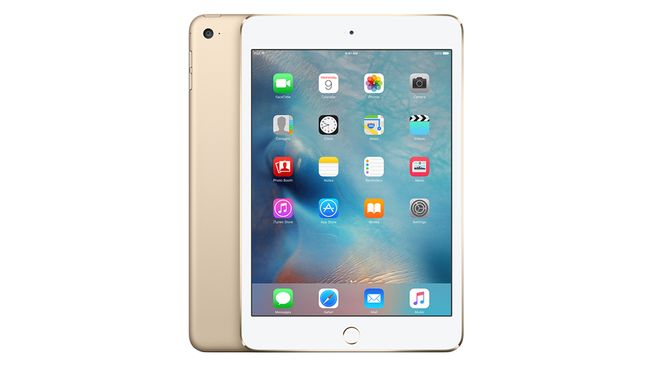Good Content means, Good in Organization, Technical
Accuracy and Expression
By Uzo Onukwugha
Every piece of writing that is judged to be good must have
these four cardinal factors; otherwise the writing will fall flat regardless of
its intended purpose. Remember the intent of your writing should be to inform,
instruct, entertain, solve a problem or show how to achieve a goal or
objective. Always write for your target audience and not the internet or the
search engines. When you connect to your audience, the rewards come back to
you. The four factors are: Expression, Content, Organization and Mechanical
Accuracy.
Expression: This is how you project your writing for the
world to see, read and evaluate. Good writing is a craft. That's why writers
are called wordsmiths. A picture may be more than a thousand words but it also
takes words to create pictures in your reader's mind. This is the first factor
that attracts audience to your writing just as bees are attracted to nectar.
You may have heard that you must write to express and not to impress. Don't
write for ego; write for your audience with clarity and simplicity--so that
everybody can understand your perspective and subject matter. People don't care
how much you know until they know how much you care. Expression is an art form.
You must use your words to connect and create vivid images in your reader's
mind.
People only apply what they understand. It all boils down to your choice
of words, style, personality and overall thinking process. You must use
powerful words and emotional triggers. Eliminate boring adverbs and dangling
modifiers as much as you can. Use active verbs instead of helping verbs or
adjectives. Active verbs make your writing to be more alive and dynamic.
Realize that movement generates pleasure. Use active voice rather than passive
voice. Thus expression is not just what you say but how you say it. However,
what you say is also important.
Content: This is the factor that separates the mediocre from
the masters. "Either you write something worth reading or you do something
worth writing," said Benjamin Franklin. Content is the substance and the
essence of your writing. In short, content is the heart-beat of any great writing.
It is the value you brought to the marketplace. People are value and quality
shoppers. They want the best for the least amount of money. You have heard it
said that in the internet, content is king. The story is the same everywhere.
Content is the quality of the material you put out. This has to do with the key
benefits the readers will extract from your writing to solve their problems or
achieve their goals.
As a writer, you must always ask yourself: "how can
my writing solve problems or change lives?" A good writing that sells
itself is writing with great content. Search engines love content. Therefore,
put out good content that people love and seek. Then the search engines will
locate you naturally and people will seek your offers. Let your content be
fresh and original instead of recycled materials that flood the internet.
Content is what search (and research) is all about. Having said that, you must
also know how to arrange and organize your content so that the information is
readable and digestible.
Organization: One of the most difficult things about writing
is how to organize and arrange your thoughts. "Most writings are a few
good thoughts drifting about in a sea of words," said Jamie Buckingham.
Organization is a product of coherence and consistency. How does your thoughts
flow logically as in a flower? One idea must lead and link to the next. To be
consistent, you need style manual as a guide. Therefore, try to plan your
writing. Outline the key points or bare bone essentials you may want to develop
before you put the flesh as you go. Let each paragraph contain a theme or one
main idea. The flesh can be the description, examples or anecdotes to buttress
your points. Organization is a process. It comes with practice, experience and
writing intuition. You get better as you keep on writing. Formatting is a very
important part of your organization. Arrange information in chunks.
That's how the human brain process information. That's why
it's called bites and bytes. Formatting is about headings, paragraphing, bullets,
lists, typography, lines and spacing to create visual appeal for your readers.
You don't need to be a graphic artist to develop a good sense of organization.
Did you notice that majority of HTML tags are formatting tags? Any good content
and expression can fall flat without good formatting--it is a key part of your
organization. The best way to learn this art is to glean from other good
writings. After trial and success, it comes together with practice. Either you
keep writing or you become a write-off. My watch word is: "Persistent
practice prevents poor performance." The more you write the better you
grow as a writer. Practice does not make perfect; practice makes improvements
and improvements make perfect.
Mechanical (Technical) Accuracy: This is fancy way of saying
that your writings should be free of errors. Mechanical Accuracy is the
Achilles tendon of most writers. They worry too much about the difference
between colon and semi colon--causing paralysis analysis. This is the key
reason why many people dread writing. Mechanical accuracy has to do with your
typographical errors, spelling, punctuation and syntax. This is why you must
have your writing tools: spell checkers, dictionary, encyclopedia and other
reference materials. Remember that no writing is readable until it is free of
errors. It is also a smart idea to give your writing to someone else to
proofread and edit because of human factors. Overall most good writers are made
in rewriting. The key lies in the principle of the 3Rs: revise, review and
rewrite.
Your writing process is like preparing a good meal. All four
ingredients must be present in your recipe before you create a balanced food
for thought.
Uzo Onukwugha is a business philosopher and strategist. He
believes that a life of inspiration and business success are organically
linked. Without entrepreneurial spirit, any business will fall flat. Dr. Uzo
operates a website on web copywriting tips [http://www.weblinkcopywriting.com]










